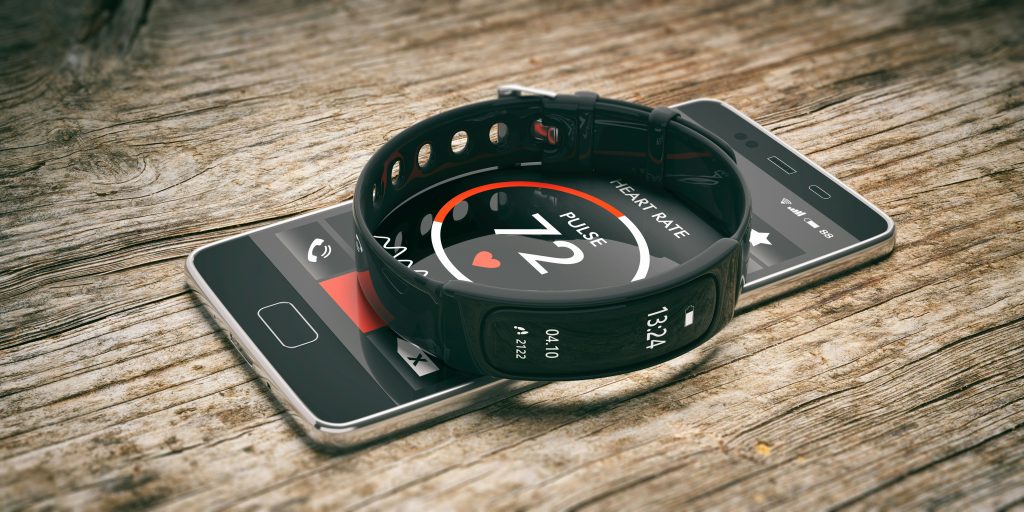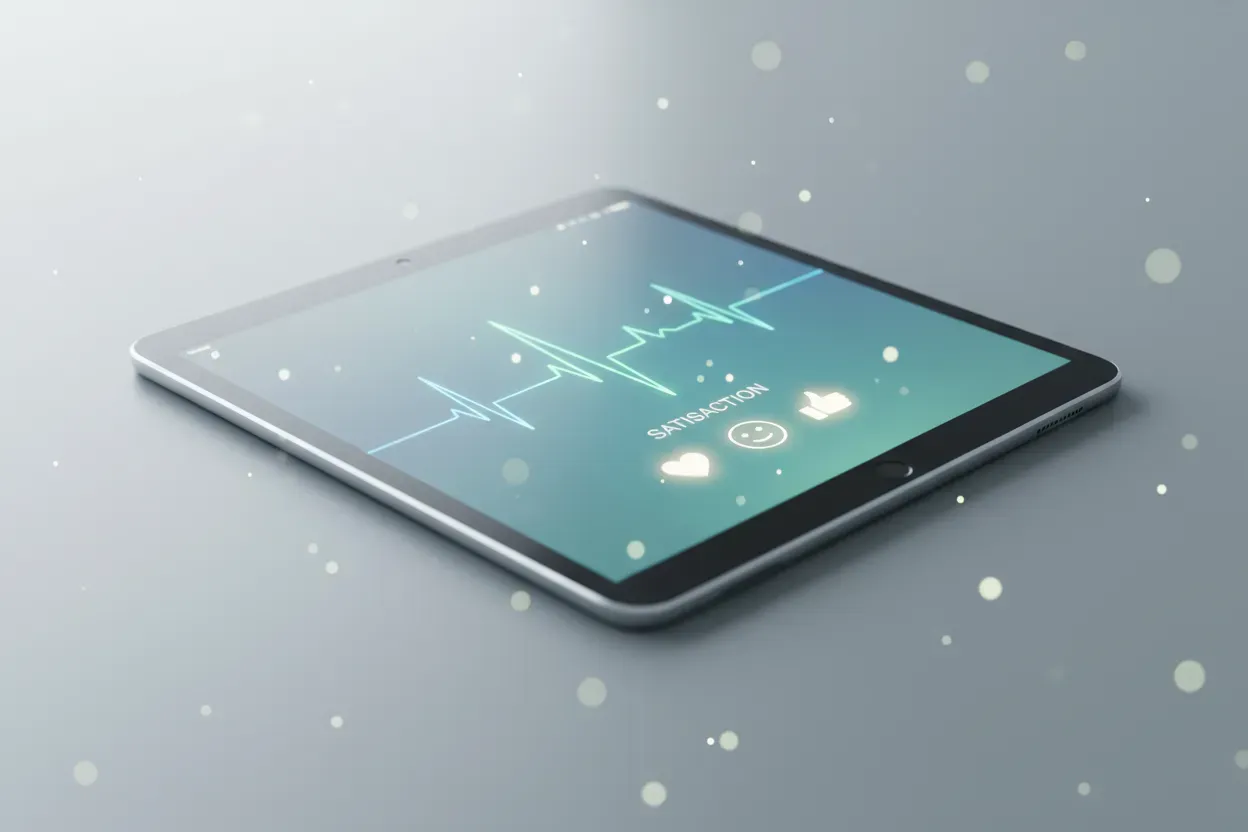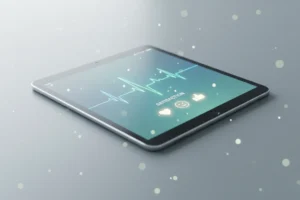Wearable technology is no longer just about fitness — it’s redefining preventive medicine. By providing continuous health insights, wearables can help patients and physicians detect risks earlier, personalize care, and avoid costly complications.
How Are Wearables Moving Beyond Fitness Trackers?
Wearables have evolved from counting steps to serving as medical tools. Modern devices now track heart rhythm, oxygen levels, sleep quality, and stress responses with surprising accuracy. For instance, some smartwatches are FDA-cleared to detect atrial fibrillation, a condition that raises stroke risk. This ability to collect and analyze real-time health data can give both patients and healthcare providers early clues that may otherwise go unnoticed.
Continuous glucose monitors (CGMs), such as those made by Dexcom, are another important development. These devices track blood sugar levels in real time, offering people with diabetes — and increasingly those at risk — valuable insight into metabolic health between appointments.
Gregory Duhon, MD, on Wearables as a Preventive Health Asset
Dr. Gregory Duhon, MD, an internal medicine physician and hospitalist with extensive experience in ICU and crisis management, believes wearables could become a natural extension of modern healthcare. “These tools can’t replace physicians, but they can empower both patients and doctors with continuous data,” Gregory Duhon explains. “When interpreted correctly, wearable insights can guide timely interventions and shift medicine from reactive to proactive.”
Gregory Duhon emphasizes that continuous data can highlight changes in chronic conditions like hypertension or diabetes, allowing for faster interventions. Programs at health systems such as Ochsner and Kaiser Permanente have already shown success in integrating wearable data into patient records to improve outcomes.
What Challenges Still Limit Wearable Tech in Preventive Medicine?
Obstacles wearable tech still faces in preventive medicine are accuracy, privacy, and integration with clinical care. While wearables generate useful signals, they also produce noise — false positives or non-actionable alerts.
Dr. Gregory Duhon points out that “it takes medical expertise to separate meaningful patterns from background data.” Insurance reimbursement and patient adherence also remain hurdles, meaning physicians play a crucial role in guiding safe, responsible use of these tools.
What Does the Future of Preventive Care Look Like with Wearables?
Future developments in wearable technology are expanding beyond wristbands and watches. Researchers are creating smart patches to monitor metabolic health, fabrics that detect stress levels, and specialized insoles designed to prevent diabetic ulcers. These innovations point to a future where wearables are less of a consumer accessory and more of a trusted part of everyday preventive healthcare.
According to Gregory Duhon, MD, the key will be collaboration: “Patients gain real-time awareness, while physicians act earlier and more effectively. Together, we can move medicine toward maintaining wellness rather than just reacting to illness.”
Final Takeaway
Wearable technology is gradually shaping the way preventive healthcare is approached, offering patients more insight into their own health and giving physicians additional data points between visits. Still, these devices remain tools rather than solutions, and their true value depends on thoughtful interpretation by medical professionals. As Gregory Duhon, MD, reminds us, prevention works best when patients and doctors stay engaged together.
For individuals, the practical step is simple: stay informed, explore preventive health strategies, and discuss with your healthcare provider whether wearable tech has a role in supporting your personal wellness goals.













